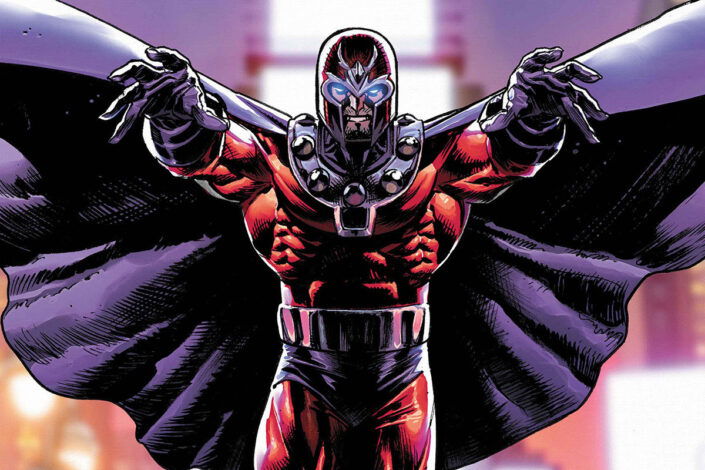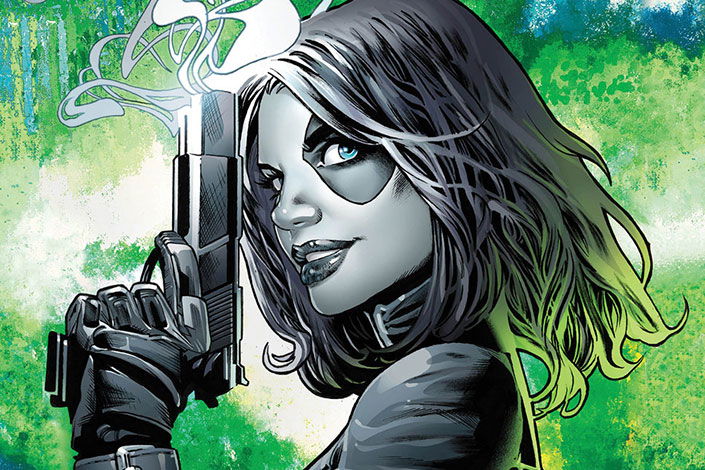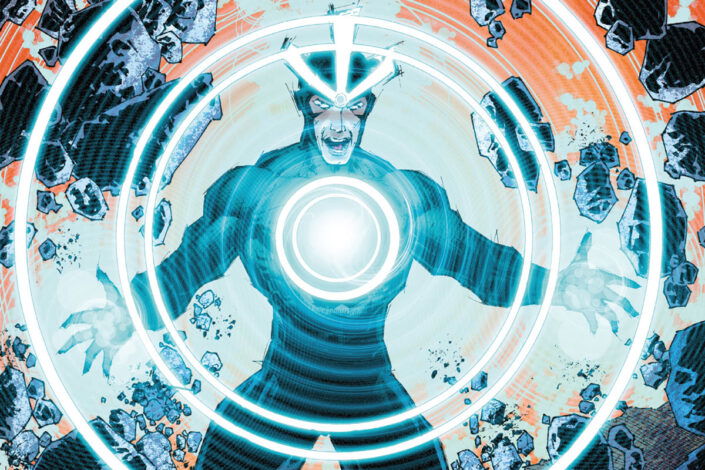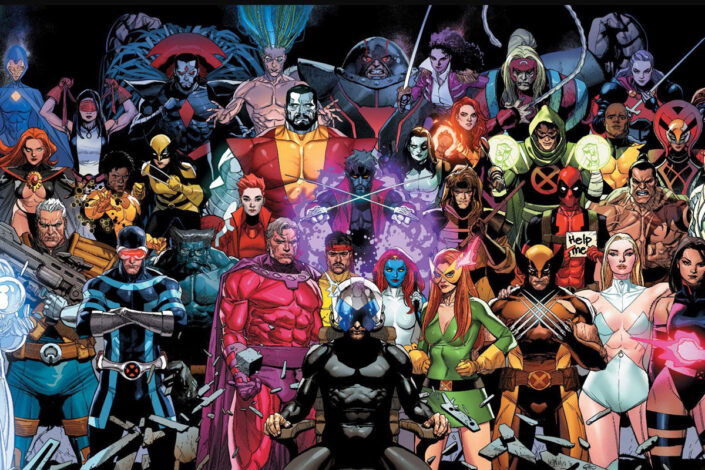The Best of Juggernaut Comics, A Recommended Reading Order

There may be no other family tree as complex as the Grey-Summers one in the X-Men Universe, but it doesn’t mean that other characters haven’t had their share of pain and problems with their relatives. Case in point with Marko Cain, better known as Juggernaut, who is also the stepbrother of Professor X!
Unlike Charles Xavier, Juggernaut is not a mutant, but a human empowered by an ancient jewel powered by the deity Cyttorak, which transformed him into the unstoppable Juggernaut. Created by Stan Lee and Jack Kirby, he made his first appearance in X-Men #12 (1965) as an enemy of the X-Men. For a long time after his introduction, Juggy was a one-note villain, popping up in one or two issues to rampage and disappear (or get thrown into prison for a while). Still, that didn’t stop him from making a name for himself as a member of the Brotherhood of Mutants and as the criminal partner and BFF of Black Tom Cassidy. For many decades, he fought against the X-Men, as well as Spider-Man and the Hulk.
Things changed for Juggernaut in the early 2000s during Chuck Austen’s infamous run on Uncanny X-Men. While that era is often panned, it is also when Ol’ Jughead got some noticeable character development as he joined the X-Men and officially crossed the line between villain and hero, becoming more of an anti-hero (or anti-villain).
Read More »The Best of Juggernaut Comics, A Recommended Reading Order








